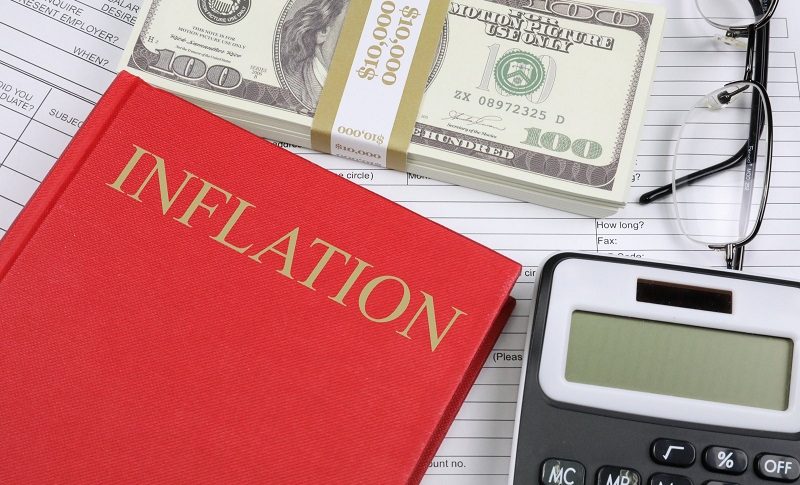FED Williams Doesn’t Mind January’s Inflation Uptick
Last week's US CPI inflation was sticky and traders turned on the USD, sending it surging with the idea of the FED holding rates up

Last week’s inflation report showed that January’s US CPI was sticky, and traders turned on the USD, sending it surging higher with the idea that the FED would hold keep interest rates higher for longer. However, the FED doesn’t seem to be too bothered, as they consider this just a phase during the downtrend.
The forward inflation rate, as perceived by the market, which is depicted in the graphs below shows inflation expectations for the upcoming year. While there has been an increase in these expectations, they do not currently suggest problematic inflationary pressures. However, the outlook for inflation over the next two years has become more pessimistic, likely due to the market pricing in fewer anticipated rate cuts by central banks.
It’s worth noting that there is a segment of the market that remains concerned about inflation, especially in the post-COVID economic environment. While there may be occasional spikes in energy prices or disruptions in shipping that could temporarily push inflation higher, there is no imminent threat of a new inflation crisis. Inflation may rise to around 3.5% instead of the typical 2%, and the Federal Reserve might need to raise rates accordingly, but this does not constitute a crisis scenario.
1-year Forward Inflation![1 year forward 1 year inflation]() 1-year inflation breakeven
1-year inflation breakeven
It’s risen but it’s not arguing for problematic inflation.
2-year Forward Inflation![2 year breakevens]() 2 year breakevens
2 year breakevens
I think there’s a portion of the market that is always worried about inflation and the post-covid environment certainly expanded their numbers. There’s always the possibility of another run-up in energy prices or some kind of shipping shock but I really don’t see a problem here. Yes, inflation could run at 3.5% instead of 2% and the Fed may even need to hike again but we’re not on the brink of some kind of fresh inflation problem.
FED Member Williams Comments on Axios
- Williams maintains his view of the economy following the January data, suggesting that he sees no significant shifts in the economic landscape.
- He anticipates that it will become appropriate to cut rates at some point, likely later this year, indicating a potential future adjustment in monetary policy to support economic conditions.
- Williams acknowledges that things are moving in the right direction, implying that he sees positive developments in the economy despite potential challenges.
- While rate hikes are not his base case scenario, he does not rule them out entirely, suggesting a balanced approach to monetary policy adjustments.
- Williams expects consumer spending growth to slow down this year, indicating a cautious outlook on one of the key drivers of economic activity.
- He attributes some of the supply-side challenges to a renormalization process, suggesting that certain factors affecting productivity during the pandemic are now returning to pre-pandemic trends.
- Finally, Williams notes that the big drivers of the neutral rate are consistent with pre-pandemic trends, implying stability in the underlying economic conditions.
- Full interview
“I believe that eventually, probably later this year, it will be prudent to ease off on the tight monetary policy. However, the key is to examine the data and search for recurring indications that inflation is declining and approaching the 2% long-term target. “
“He expressed concern about the financial challenges faced by households, as evidenced by delinquencies and other issues. The speaker expects that these challenges will contribute to a slowdown in consumer spending growth during the current year. This anticipation aligns with the understanding that consumer spending, a key driver of economic activity, may be constrained by financial difficulties experienced by some households.”
USD/JPY Live Chart
- Check out our free forex signals
- Follow the top economic events on FX Leaders economic calendar
- Trade better, discover more Forex Trading Strategies
- Open a FREE Trading Account
 1-year inflation breakeven
1-year inflation breakeven 2 year breakevens
2 year breakevens